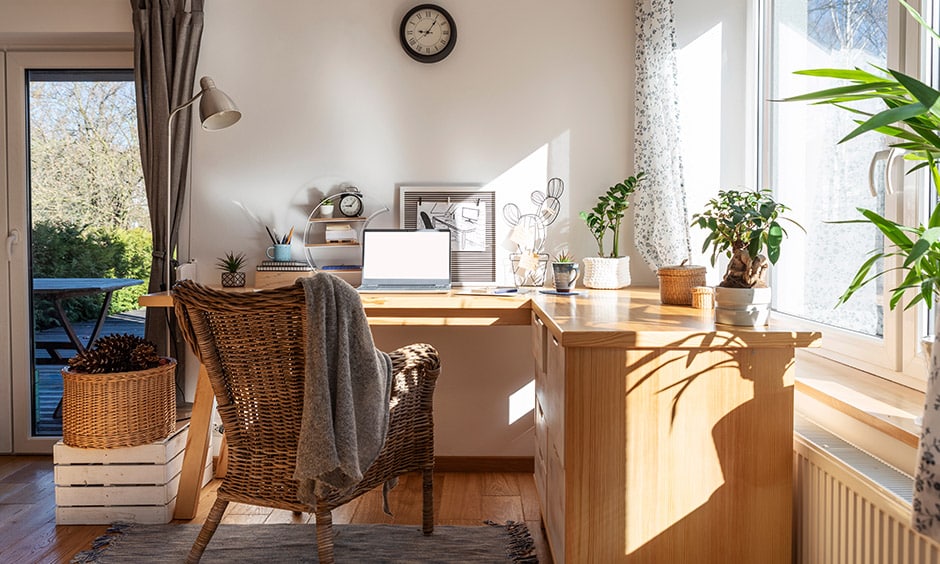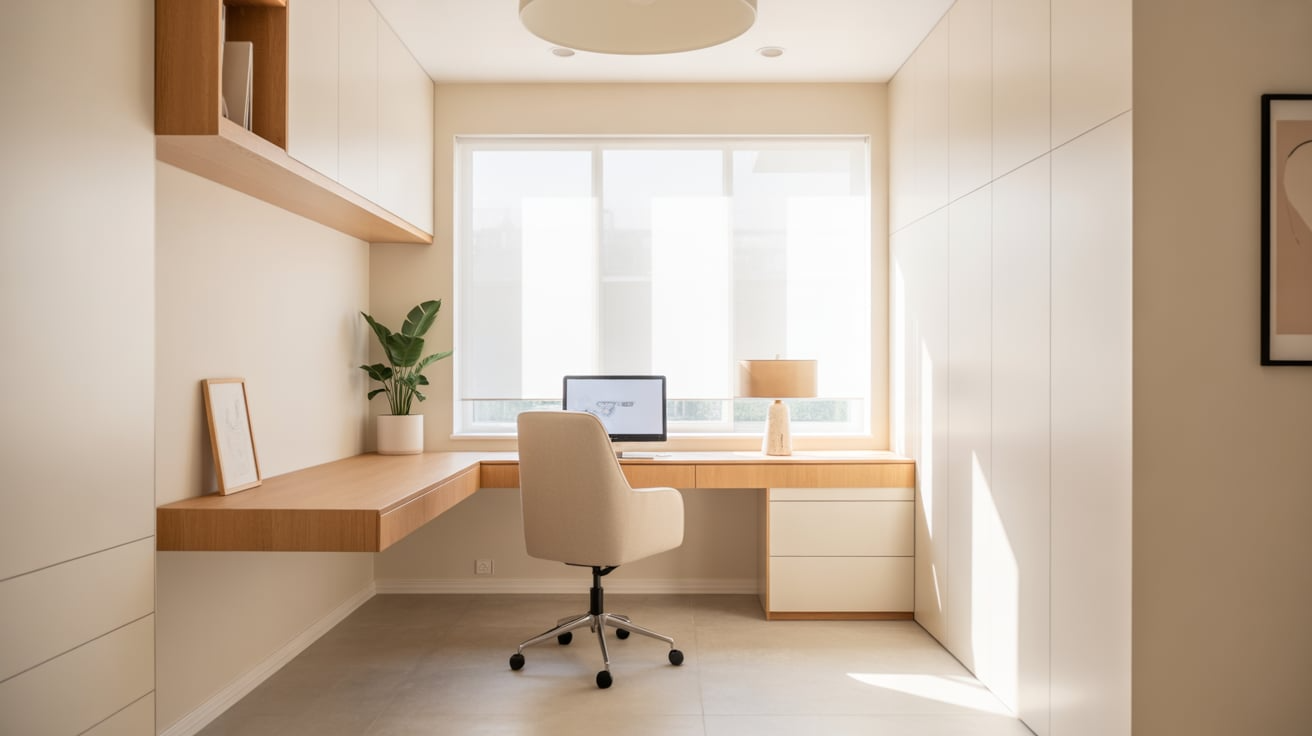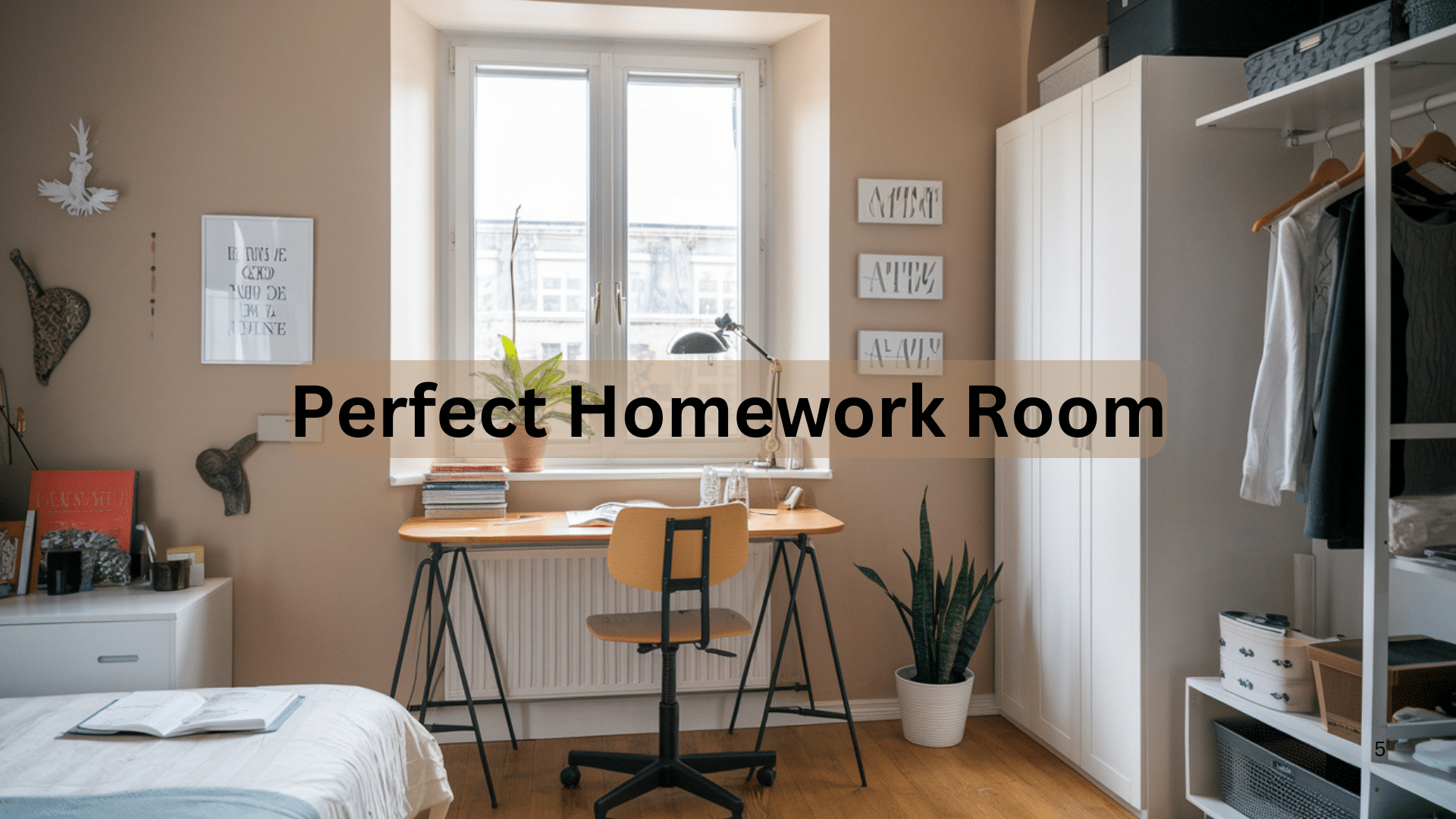5 Must-Knows Before Setting Up Your WFH Office
In recent years, the concept of working from home (WFH) has transitioned from a makeshift, temporary solution to a permanent or semi-permanent arrangement for many professionals across the globe.
With this shift, setting up a comfortable home office has become a staple of professional life for many these days. However, diving into the WFH setup without adequate forethought can lead to inefficiency and discomfort.
It’s important to approach the setup of your home workspace with a plan, ensuring it promotes productivity and a healthy work-life balance. Here are five crucial considerations to ensure your home office is both functional and comfortable.
1. Choose the Right Location

Choosing the right spot for your home office is about more than just finding a quiet corner. It’s about identifying a space that minimizes distractions and encourages focus. While a separate room is ideal, it’s not always feasible.
The key is finding an area away from household traffic with access to natural light, which can boost your mood and energy. However, screen glare can be an issue, so position your desk to avoid direct sunlight or invest in adjustable window treatments to manage light exposure effectively.
2. Ergonomics for Health and Productivity

Long hours in front of a computer call for ergonomic office furniture. For example, an ergonomic chair can support one’s posture, reduce the risk of back pain, and enhance comfort through adjustable features like height and backrest angle.
It gives comfort and helps you maintain your health and well-being during long working hours.
Similarly, the height of your desk helps prevent the strain on your wrists and shoulders. An adjustable desk, particularly one that allows for standing and sitting, can significantly affect your physical health over time.
Alternating between standing and sitting reduces the risk of the negative health impacts associated with prolonged sedentary behavior, such as cardiovascular issues and diabetes.
However, while the benefits of such furniture are undeniable, its cost can sometimes be a concern. Fortunately, there are several strategies to consider that can make acquiring ergonomic furniture more achievable within a tight budget.
One effective approach is to explore alternative financing options. Online lenders like CreditNinja offer solutions to help individuals invest in ergonomic furniture without the immediate financial strain.
Such companies provide loans that can be tailored to fit your budget. They’re more lenient towards borrowers with low or no credit, unlike other traditional lenders.
This can be a practical option for those who recognize the importance of ergonomic office furniture but are concerned about the upfront costs.
Moreover, it’s worth considering purchasing refurbished or second-hand ergonomic furniture. Many businesses sell off their furniture at significantly reduced prices during moves or upgrades.
These pieces often retain much of their original functionality and ergonomic benefits but come at a fraction of the cost.
3. Tech & Connectivity

When setting up a home office, the technology and equipment you choose are also important in your daily productivity and work quality. Ensure that your computer has the power, speed, and storage to handle your workload efficiently.
For example, if your job involves graphic design, video editing, or software development, then a computer with enough processing power, memory, and storage to run programs smoothly and store large files is recommended.
Additionally, there should be a reliable internet connection to avoid disruptions in video calls and online resource access. Consider upgrading your internet plan or using a Wi-Fi extender to keep a strong connection, especially in larger homes or areas far from the router.
4. Effective Communication Tools

One critical element of remote work is the ability to communicate effectively. Having reliable tools at your disposal, such as email, video conferencing, and project management software, is crucial for maintaining connections with your team and clients.
These tools keep you tethered to your colleagues, ensuring seamless collaboration and integration, no matter the distance separating you.
Investing in a high-quality headset is another smart move for remote workers. Such investment can drastically improve the clarity of your calls, making your communications more effective.
Not only does it help in reducing background noise, but it also aids in keeping you focused on your work and discussions. This seemingly small investment can greatly impact the quality of your interactions and, by extension, boost your overall productivity significantly.
5. Personalize Your Workspace

While functionality is critical, personalizing your workspace can influence your day-to-day satisfaction with your home office. For example, adding plants beautifies the space and introduces a calming natural element, improving air quality and reducing stress.
Another example is artwork. It can serve as a significant source of inspiration and motivation. Whether it’s a piece by your favorite artist, a motivational quote, or a photograph with special meaning, having these elements in your sightline can spark creativity and drive.
Lighting also plays a crucial role in creating a conducive work environment. Besides natural light, task or ambient lighting can keep your workspace illuminated throughout the day, reducing eye strain and keeping you focused.
Final Thoughts
Setting up a home office is a multifaceted process beyond simply choosing where to place your desk. It involves considering the location, ergonomics, technology, communication, and personalization of your space.
Following all of these can help you meet your professional needs and support your health and well-being.







